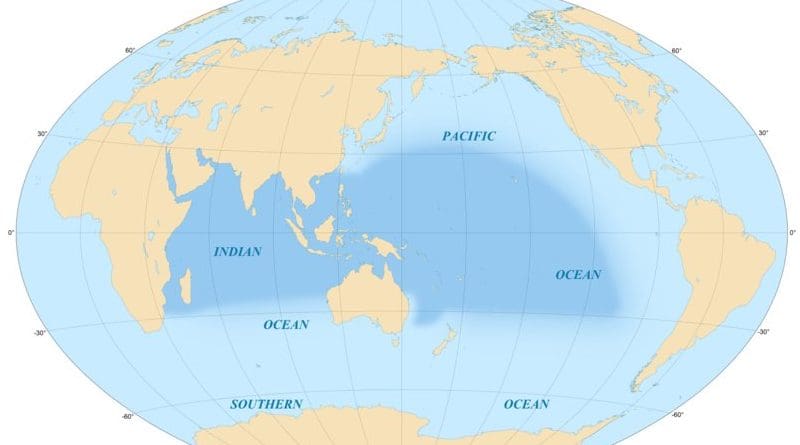Human Fingerprint Identified On Indo-Pacific Warm Pool Growth
The Indo-Pacific warm pool (IPWP), Earth’s largest region of warm sea surface temperatures (SSTs), has the highest rainfall and is fundamental to global atmospheric circulation and the hydrological cycle. The IPWP has experienced substantial warming and growth during the past century. The region also experienced the highest rates of sea-level rise over the world, indicating large increases in ocean heat content and leading to substantial impacts on small island states in the region.
Recent studies have found increasing greenhouse gas concentrations to be the major cause for much of global ocean temperature warming, yet it is unclear how they have contributed to the observed IPWP region changes along with natural variability in the climate. Evan Weller and Seung-Ki Min from Pohang University of Science and Technology (POSTECH) and their international colleagues have provided the first quantitative attribution of not only the observed IPWP warming but also its expansion over the course of the past 60 years, examining human influences and natural contributions to the IPWP warming and expansion. Their findings were published in the latest issue of Science Advances, a new sister journal of Science.
In order to identify contributions from human caused anthropogenic forcings (mainly an increase in greenhouse gases) and natural causes (internal climate variability over the Pacific Ocean) to the observed IPWP warming and expansion, they used multiple climate model simulations integrated with and without human influences, and compared simulated changes in the IPWP with the observations using a sophisticated ‘fingerprinting’ technique. Using this technique, the researchers detected patterns of human climate drivers (so-called fingerprints) associated with the observed change just like detectives look for fingerprints to catch criminals. They found that the IPWP warming and expansion is dominantly attributable to an increase in man-made greenhouse gases with a small contribution from natural variations of the climate across decades.
They also found that the shape and impact of human-induced IPWP growth may not be identical between the Indian and Pacific basins. That is, expansion of the warm pool in the Indian Ocean has far exceeded that in the Pacific Ocean. Expansion of the IPWP due to increasing greenhouse gas concentrations will likely continue. However, shifts in the average climate of the tropical oceans could change the relative amounts of expansion in these two adjoining oceans, and ultimately modulate the long-term change in the IPWP impact on regional rainfall amounts. This has important implications for understanding and predicting changes in rainfall patterns over large populations across the Asia and Oceania regions.
“This quantitative attribution of human and natural climate influences on the IPWP expansion increases our confidence in the understanding of the causes of past changes as well as for projections of future changes under further greenhouse warming,” commented Seung-Ki Min, a professor with POSTECH’s School of Environmental Science and Engineering.

